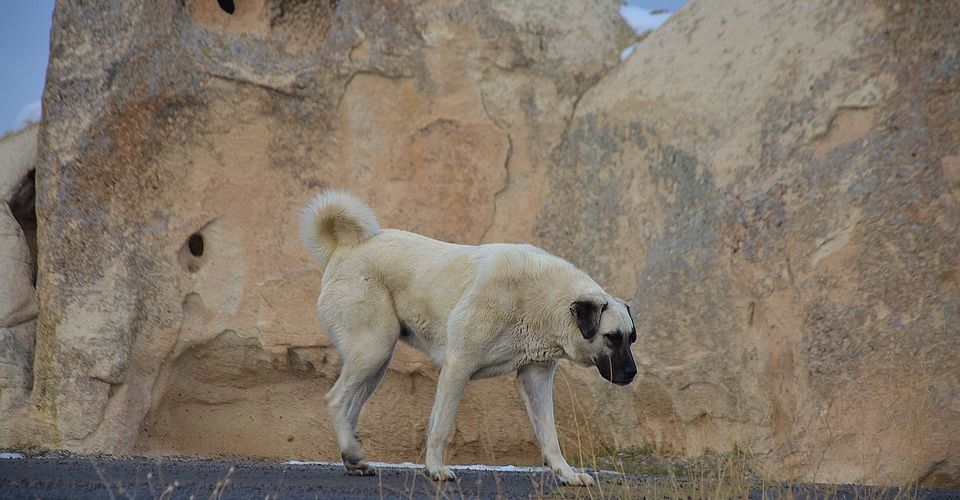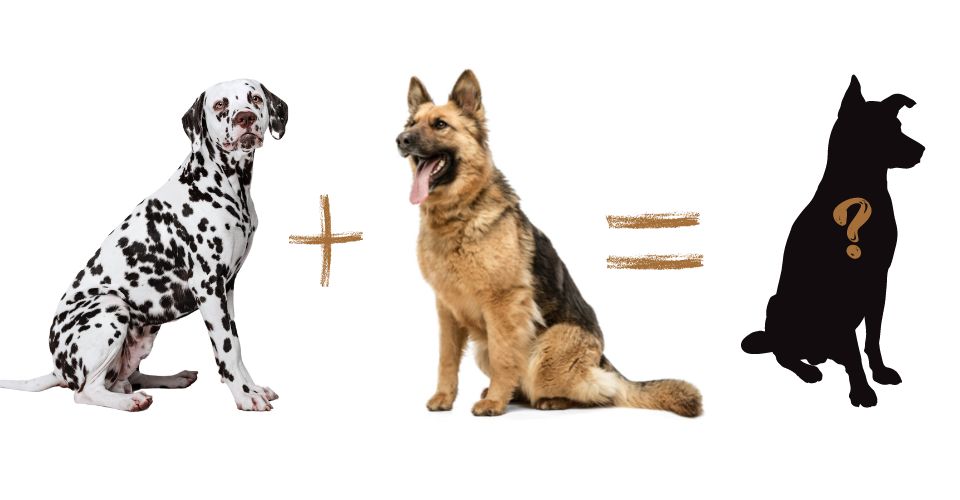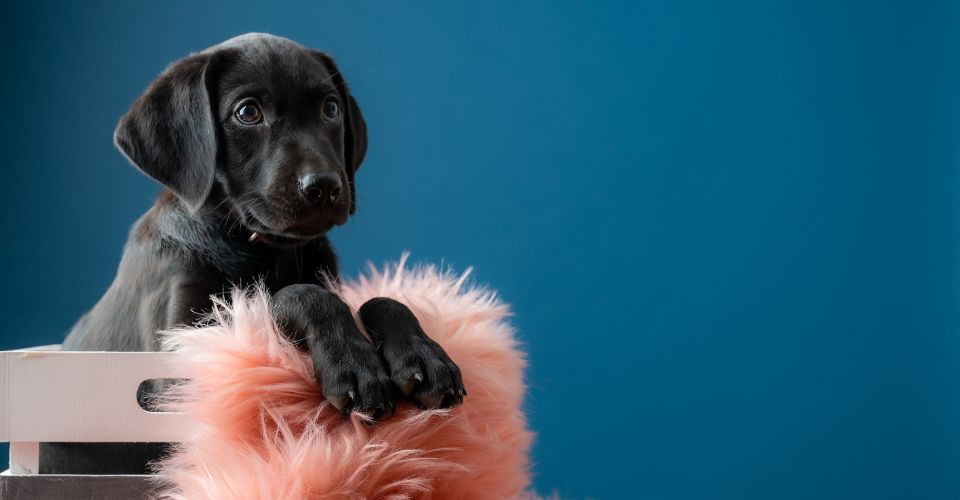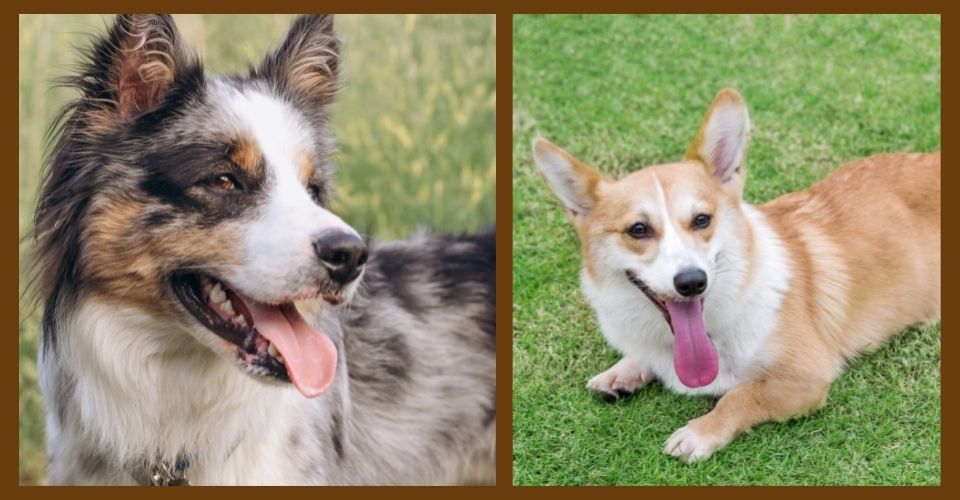Why are Chiweenie puppies famous?
Adorable, spunky, small, and full of personality; the list of their qualities is quite long, as these tiny dogs comprise a variety of qualities that they inherited from their ancestors, Chihuahuas and Dachshunds.
The Chiweenie breed is recognized by the American Canine Hybrid Club, the Dog Registry of America, and the International Designer Canine Registry. However, it is not recognized by the American Kennel Club because they haven’t yet started to register teacup dogs.
Since Chiweenies have come to the limelight quite recently, the trove of resources regarding this breed is not yet full. But there are many who would like to know more about the breed, its history, genetic make-up, nutritional requirements, and other needs.
Below, we have tried to cobble up all the information a dog owner need to know about Chiweenie puppies.
1. Chiweenie Breed Info
a. History
Chiweenies, nicknamed German taco, Choxie, or Mexican hotdog, are the mutts of Dachshunds and Chihuahuas. There is no reliable evidence of where the breeding was carried out and how this dog garnered public attention, but according to some online resources, the breed was developed in North America in the early 1990s.
While talking about Chiweenies, it’s imperative to look at the short history of their parent breeds Chihuahuas and Dachshunds.
Starting with Chihuahuas, their history dates 3000 years back to Pharaoh-ruled Egypt. It was not until the 1500s that the breed came to the limelight of the modern world. However, due to wars and relocations, the breed disappeared for a while and was later on found in the Chihuahua region of Mexico—that’s where the breed got its name. The breed received recognition from the AKC in 1908 and is now ranked as the 33rd most popular dog.
Moving forward to the history of Dachshunds, the breed existed before the 16th century when they were used for hunting burrow-living animals. Owing to their long spine and near-to-ground belly, these dogs could easily follow the animals into their holes and bring them to their owners. Dachshunds received recognition from the AKC in 1885 and were given the spot of the 12th most popular dog.
b. Physical Appearance
From the very first look, it’s easy to recognize that this baby has come from Chis and Dachs. However, the physical features may change, depending on the gene contribution of the parent. They may get erect ears, short muzzle, single coat, thin legs of Chihuahuas, or they can have long spines, droopy ears, long muzzle, and hairy coat of the Dachshunds.
On average, Chiweenies stand tall about 20 to 25 cm and weigh around 4 to 6 kg. But one can never say what to expect about the dog’s looks until it’s born—because of mixing the breed. This is one of the reasons that AKC doesn’t recognize designer breeds.
c. Fitness
Chihuahuas have moderate energy levels, low exercise needs but high potential for playing and having fun. On average, a Chihuahua requires 20 to 30 minutes of a low-intensity walk to shoo away their boredom.
On the other hand, Dachshunds have elevated energy levels, moderate physical activity needs, and a high potential for enjoying time with their owners. Like other hunting dogs, Dachshunds should be indulged in games for 10 to 30 minutes that challenge their brains and bodies to maintain their physical and mental health.
Based on their parents’ behavior, Chiweenies need 10 to 20 minutes of slow walks to maintain their fitness.
If you have a Chiweenie, make sure that you take them on strolls only. Brisk walking can be dangerous for them as they have short legs and can develop breathing issues.
d. Feeding
As Chiweenies are relatively modern breeds, not much research has been done on these guys, and we have to infer their traits and needs from their parents.
Discussing Chihuahuas’ feeding requirements, they have a tiny stomach and a slow metabolic rate. Also, they don’t indulge in vigorous physical activities. A one to a one-and-a-half cup of dry kibble split into two meals is enough to fulfill their recommended calorie intake. However, an exact quantity of food depends on the dog’s age, size, health condition, and workout potential.
Dachshunds, just like Chihuahuas, also require one to a one-and-a-half cup of dry food. Their food intake may vary as per individual requirements.
Chiweenies also need the same amount of food. However, these dogs are comparatively smaller in size, indicating that they have a slow metabolism. If overfed, they can get stomach upsets.
The smaller the size, the more the care.
It’s recommended to feed Chiweenies a high-quality small dog food, manufactured under the AAFCO guidelines, not only catering to their needs but also keeping them healthy.
In addition, owners must be vigilant about what they are feeding their dogs as treats. Treats containing high sugar and fat content will cause vomiting and diarrhea. On the other hand, treats containing meat proteins and vitamins keep Chiweenies puppies fit.
And one thing more, sometimes owners don’t pay attention to the dog utensils. It’s recommended to change your dog’s food and water bowls every six months to prevent the ingestion of bacteria and yeast that can grow in old pots.
Healthy food and clean feeding dishes are essential for warding off internal parasites that may lead to fatal ailments such as skin dermatitis, seborrhea, food poisoning, etc.
e. Grooming
Descending from a mixture of two breeds, their grooming needs depend on the density of hair on their coats and the amount of shedding.
Relating to Dachshunds that come in short, wired, and long-haired coats, and Chihuahuas that come in smooth or long coats, Chiweenies can have any of these.
Per the AKC research, Chihuahuas are non-hypoallergenic dogs. In contrast, Dachshunds are moderate shedders, though not hypoallergenic altogether. Consequently, Chiweenies shed less.
Therefore, they should be combed with dog hair-removing gloves or rubber curry brushes on a regular basis to keep their coat smooth and dander-free.
Chiweenie puppies don’t require bathing every week as they are not into activities that give them sweats. But they do like to dig into mud, as it’s in their instincts. Should that happen, get them under the shower and remove the dust and mud particles underneath.
f. Temperament
Though Chihuahuas are teeny-weeny pooches, they are known as devil dogs because of their extreme anger issues. As per the ATTS temperament test, Chihuahuas have a score of 69.6%, meaning they have temperamental issues and elevated levels of aggression. These mood swings emanate when they see strangers and other dogs.
Chihuahuas are also known to suffer from ‘small dog syndrome,’ a syndrome in which dogs behave in a bossy and dominant demeanor to hide their insecurities of being weak and fragile.
On the contrary, Dachshund dogs come in different varieties, each having different temperament levels.
| Breed | Score |
| Dachshund (Miniature Longhaired) | 91.2% |
| Dachshund (Miniature Smooth) | 78.0% |
| Dachshund (Miniature Wirehaired) | 83.3% |
| Dachshund (Standard Longhaired) | 74.3% |
| Dachshund (Standard Smooth) | 69.4% |
| Dachshund (Standard Wirehaired) | 83.9%. |
This variety of temperament levels indicate that Chiweenies can have a range of emotions depending on their parents’ traits.
Chiweenies are quite good with older children. They love to play and cuddle, so children who know how to play well with a smaller dog will have a great time with them.
However, smaller children could be a problem because Chiweenies can suffer from nervous dispositions (traits from both breeds they descend from), health issues, and don’t like loud or constant noise.
2. Why Did the Breeders Mix Dachshunds and Chihuahuas?
So, here is the real question: Why did breeders crossbreed these two breeds?
There are 197 dog breeds of different sizes and dispositions recognized by the AKC. Why bring another breed?
Chihuahuas are the smallest dog breed, cute but devilish and angry, whereas Dachshunds are the clowns of the dog world, constantly entertaining and endearing. So, breeders mixed up the dog to have happy Chihuahuas.
Another reason is that breeders intended to have small-size Dachshunds, as they are inherently medium-size dogs.
3. Why Do People Love Chiweenie Puppies?
Dog owners love Chiweenies puppies for plenty of reasons, for example:
a. They Have Less Grooming Needs
Though these itsy-bitsy puppies shed often but grooming is a piece of cake owing to their size. It will just take you 10 minutes to brush their coat, give them a bath, clean their nails, eyes, and ears. Plus, they don’t indulge in sweaty workouts, thus don’t require a shower often. For a busy dog parent, keeping a dog with such minimal grooming needs becomes not only easy but fun too.
b. Fewer Exercise Requirements
Small size, lower energy levels.
So if you are a busy person, you don’t have to worry about taking them out for a one or two-hour walk. Just take them out to let them do their business, and there, you have fulfilled their exercise requirements as well.
Killing two birds with one stone.
c. They Are Low-Cost
Though a Chiweenie puppy costs about $300 to $400, we are not talking about their purchase cost here. Instead, we are discussing the cost of their upkeep.
Due to their small size, Chiweenie puppies require less food and other dog products than big dogs, such as Great Danes or German Shepherds
d. They Can Live in an Apartment
In today’s busy life, the thing that some dog owners may give more thought to is whether a dog can live in an apartment or not. Most of us live in apartments or spend our time in our rooms, so we look for a dog that can stay in with us, giving us some cuddles and snuggles.
Chiweenies can give you all that.
This is one of the major reasons that tea-cup breeds are getting popular.
e. They Live Longer
If we look at the statistics, small-sized dogs live longer than large dogs. Most probably, it’s because toy dogs spend their time inside the house and are less prone to physical injuries and pollution outside that protect them from external and internal parasites.
Consider this: A Great Dane, one of the largest giant breed dogs, lives up to 8 to 10 years, whereas Chihuahuas have 12 to 20 years of life expectancy.
Chiweenies live up to 12 to 15 years, and if taken proper care of, they can live even longer than that. Which means their companionship lasts for a long.
f. They Are Less Prone to Injuries
As small dogs spend most of their time in apartments, they are less likely to get injured or get fractured by bicycles or stones on the road.
Moreover, living inside, they are away from the harshness of weather, dust, molds, foxtails, etc., which can give them skin dermatitis, seborrhea, infections, etc.
g. They Are Good for Novice Owners
Usually, giant dogs weigh around 60 to 90 kg, medium-sized dogs 18 to 25 kg, small dogs 2 to 4 kg, and Chiweenies weigh around just 2 to 3 kg. It’s easy to pick them up and hold them in your lap.
Novice owners may not have the capability to handle large dogs or cater to their needs. Additionally, those dogs have temperamental issues and take time to get used to their new owners. So, unless the parent has got some professional training, it will be difficult for them to handle dogs other than small or teacup dogs.
Chiweenies are amiable, and novice owners will find them easy to handle.
Why are Chiweenie puppies famous? They are affectionate, delightful, toy-sized, and clownish; they live long, have low exercise needs, and can live in apartments or condos.





